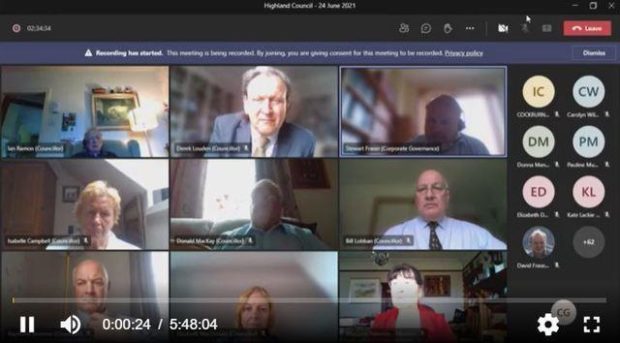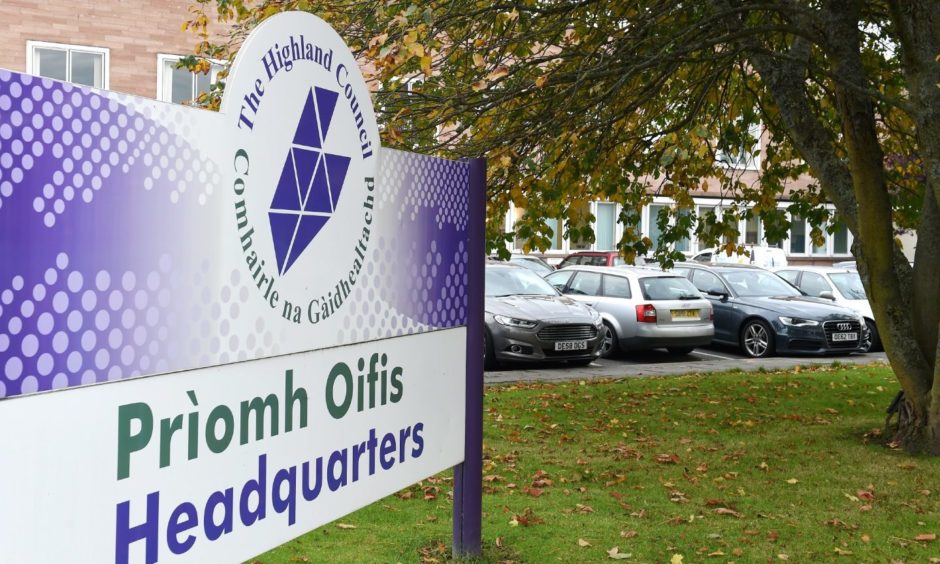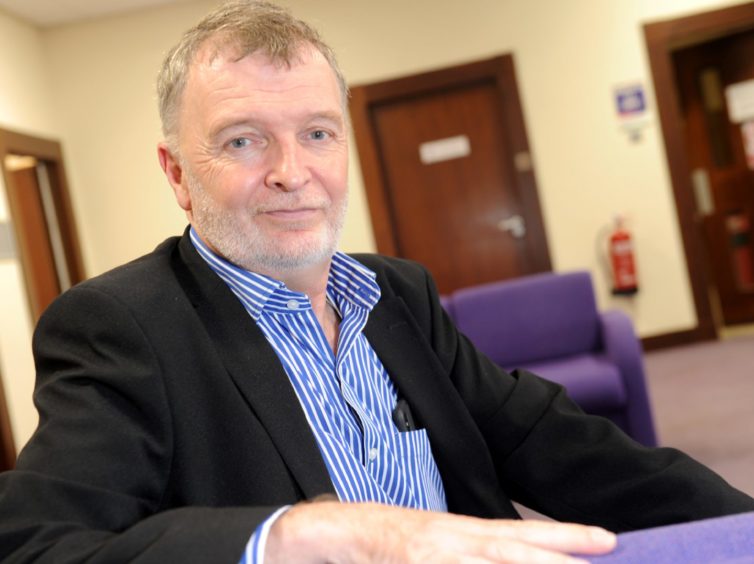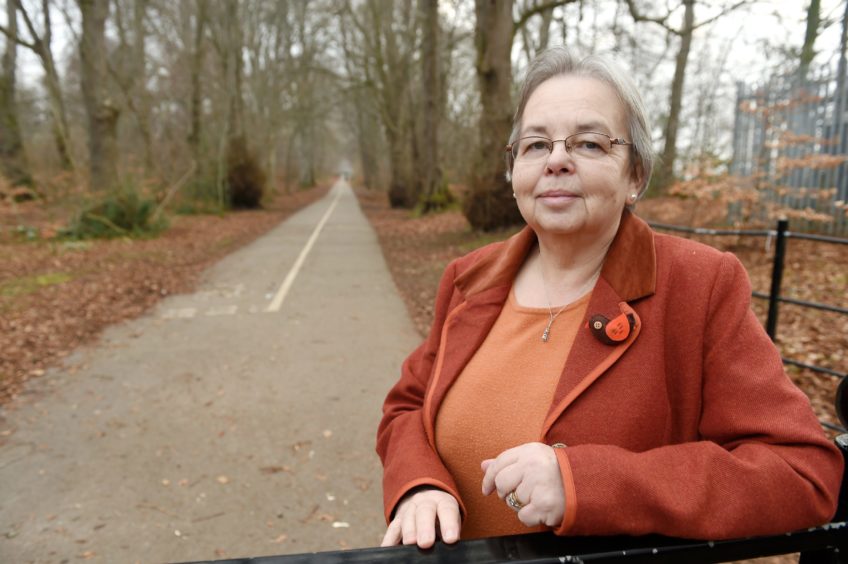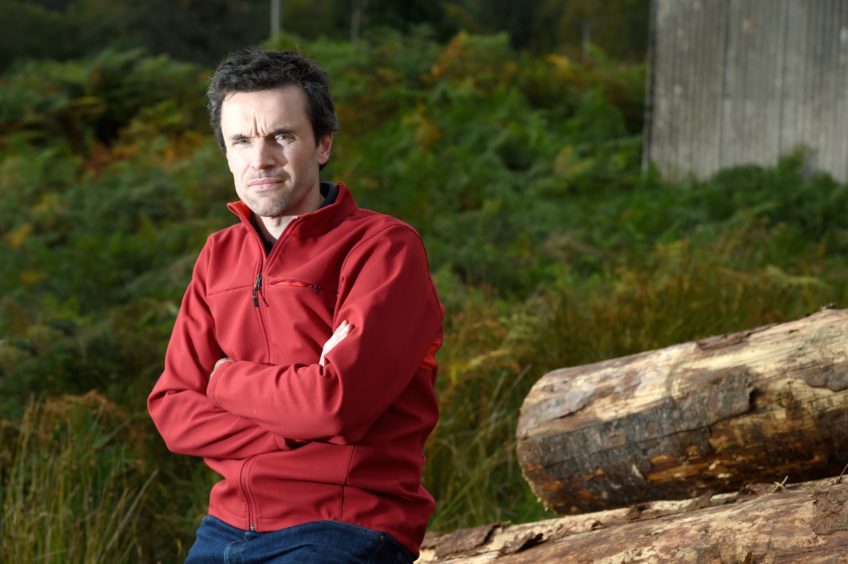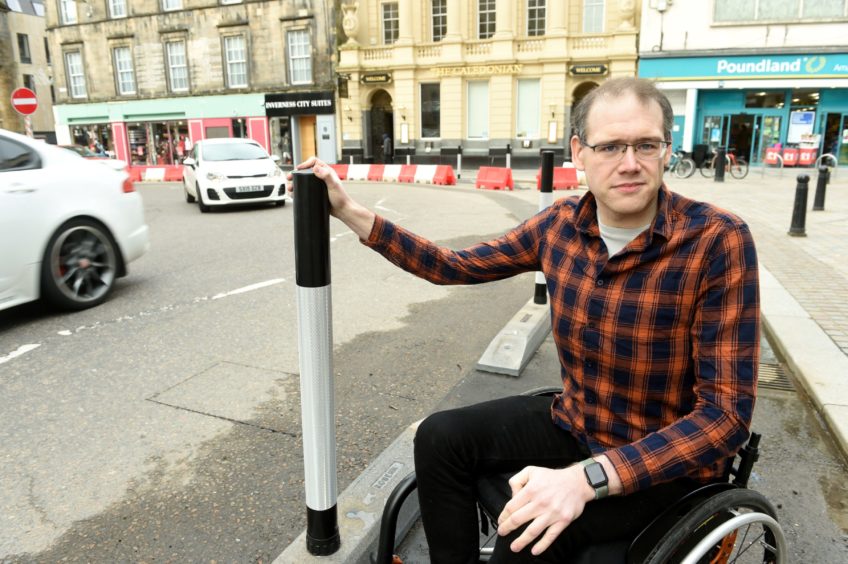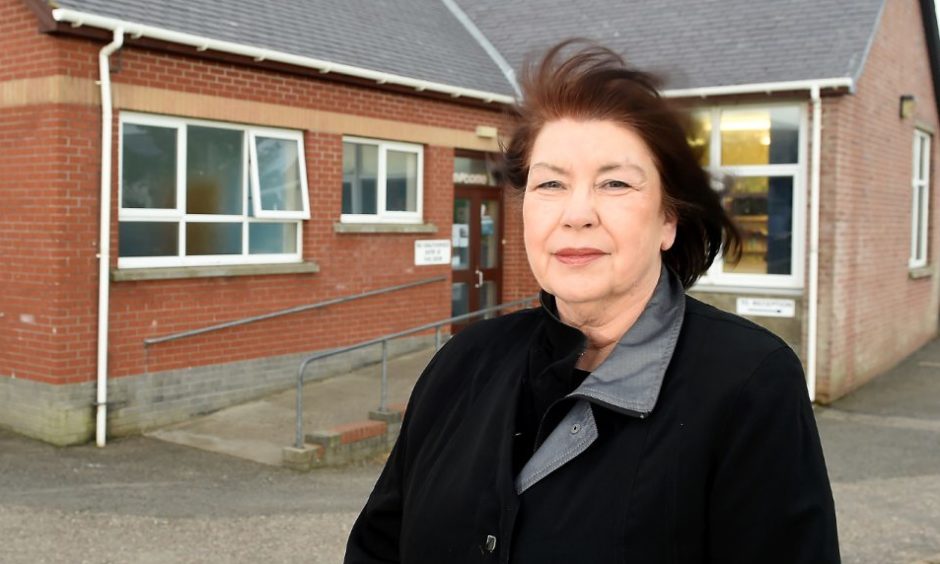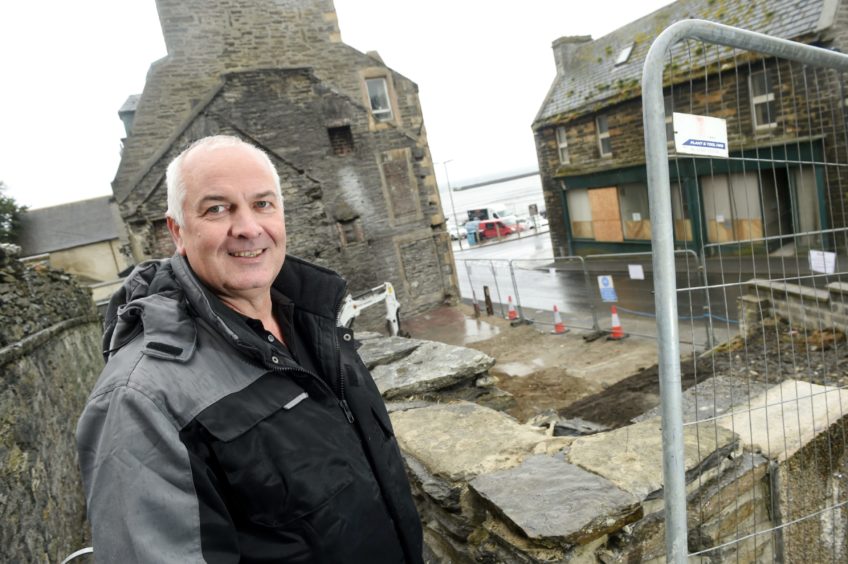History has shown that major events often trigger massive leaps in social evolution.
Take for example, votes for women following World War One or the economic boom after World War Two.
Already it’s clear that the pandemic has forced a radical shift in working patterns, as employers across the globe seek new ways to survive.
Local government found itself at the coalface of the humanitarian response and had to adapt quickly – a pace that seems alien to most public services.
Highland Council, like many others, will never look the same again.
Councillor Alasdair Christie is chairman of the recovery, improvement and transformation committee tasked with navigating this changed terrain.
Here, Mr Christie and other members from across the chamber provide a glimpse into Council, post-pandemic.
1. Meetings moved online
There was a time when every meeting racked up hundreds of miles’ travel for 74 members across Highland.
Overnight, that all changed.
Where video conferencing was clunky and rarely used pre-pandemic, today every meeting is available by Microsoft Teams.
The council has committed to a blended model of in-person and virtual meetings going forward.
“Officers had to develop different skills, we had to find new ways of chairing meetings, using the ‘chat’ facility, sharing screens… it was a rapid learning curve,” said Mr Christie.
“Today, Highland Council is one of the UK leaders in conducting meetings remotely.
“It does change behaviour a little – for example body language is more pronounced as you can see the members’ faces close up on the screen.
“However if you look at purpose, decisions and outcomes, going online hasn’t dramatically impacted the operation of the council.”
2. More flexibility for employees
Is this the end of the morning commute? For many employees, it could well be. Research from Aviva shows that 42% of employees now have more flexible working hours.
At Highland Council, the 2021 Staff Survey showed that 70% of office-based staff supported blended working and 88% had a positive home working experience.
The most common complaints were feeling isolated from colleagues, while nearly a quarter had issues with systems and equipment, highlighting a need for investment.
“There’s a tendency to work longer, and start up the laptop at 7am,” said Mr Christie.
“Working in isolation can be hard – the loss of peer-to-peer training, learning experiences and camaraderie for example.
“Overall the advantages outweigh the disadvantages. The key is finding flexible and inclusive channels going forward.”
3. Cheaper, and greener
The savings to the public purse could be substantial. Always a thorny issue, councillors’ expenses have already dropped 85% post-Covid.
In 2019-20 the annual bill was £150,000, compared to £26,000 in the latest financial year.
These savings are replicated across staff travel. Fleet milage is down significantly, contributing towards the council’s ambitious green targets.
“Council declared a climate emergency in 2019,” said Mr Christie. “Reducing our vehicle fleet is the easiest way to meet our carbon targets.”
However, there’s more work to do both within the council and across Highland, according to councillor Trish Robertson, who chairs the economy and infrastructure committee.
She said: “The reduction in mileage is a drop in the bucket. We need to address heating and insulation in our properties, food miles, single-use plastics and public transport.
“In many ways Covid has halted progress and even lost ground.”
A review of council office space could deliver savings on cash and carbon, but it’s being approached with caution.
Councillor Ben Thompson is chairman of the housing and property committee: “Rationalisation of property isn’t a new thing for the council and we’ve done some great work already.
“In Fort William we created town centre housing by reducing office space and delivered a better environment for staff at the same time.
“We’re now looking intensively at our property estate but the focus has to be on three things: meeting community needs, saving taxpayer money and being a better employer.
“Yes, cost is a key metric to consider, but we also need to look at the social impact, such as community uses or affordable housing.
“There’s a great opportunity here but only if we strike the right balance.”
4. Doors opened – but will the culture catch up?
When it comes to diversity in local government, there’s much work to do.
Cosla chairwoman Alison Evison describes the statistics as “stark”, with women representing 29% of councillors and only 1% of members being people of colour.
Meanwhile, UK Government statistics show that just one in 10 councillors has a declared disability or long-term impairment.
Councillor Andrew Jarvie, an Inverness South member, is an outspoken advocate of disability rights, both as a wheelchair user and employee of Inclusion Scotland.
He said: “Politics is still not a place where chambers are representative of the population they serve.
“There are huge sections of society who are not just under-represented but unrepresented.
“Flexible working could break that down but it’s not a panacea.
“If you’re a busy person with a family, attending 90% of meetings virtually, and you’re not knocking on office doors and having corridor chit chat, how do you even begin to make a difference?
“There are still many barriers to disenfranchise you. The council has to consider how it adapts – when it sees a new idea does it embrace it or turn away? This change needs genuine buy-in to succeed. Culture matters most, and it’s the biggest test.”
5. Localism, rebooted
With a land mass bigger than Belgium, Highland has a tricky balancing act between urban centres and isolated rural communities.
‘Localism’ or ‘place-based planning’ have become key buzzwords but many members feel action has been slow to follow. Will digital technology help to level the playing field?
Linda Munro is chairwoman of the health, social care and wellbeing committee and lives in the remote north of Sutherland. “It’s a bit of a mixed bag,” she said.
“The good part is not having to do a toboggan run down Strathnaver in the dead of night over winter! Being able to attend meetings without leaving my house gives me the rest of the day to work and the public purse saves a fortune.
“The bad part is you can’t build successful relationships on Teams and you definitely can’t read the mood of the room.
“The ugly part is the potential loss of local democracy – if we can save money, join meetings and attend from anywhere, do we need councils everywhere?”
Councillor Raymond Bremner from the Wick and East Caithness ward is more upbeat.
He said: “Caithness members were the most frequent users of online meeting technology before the pandemic so this isn’t new to us.
“As leader of the opposition I can attend far more meetings from my kitchen table than I could if I was constantly zipping down the road to Inverness.
“It means I have more time for local work too. At the same time, the community response to Covid was a massive wake-up call for the council.
“They saw what our communities were capable of and that could and should change how we work together, for the better.”
